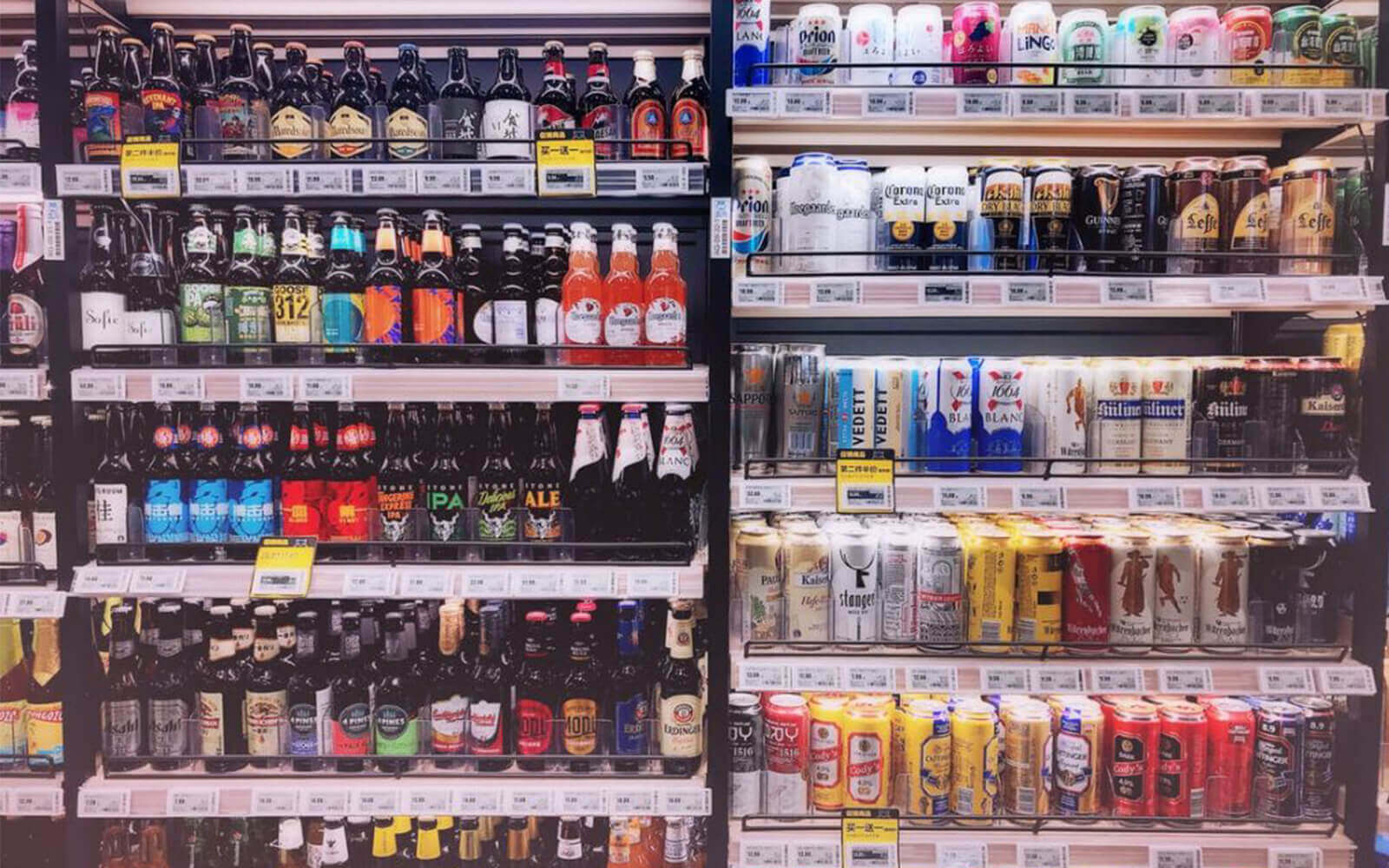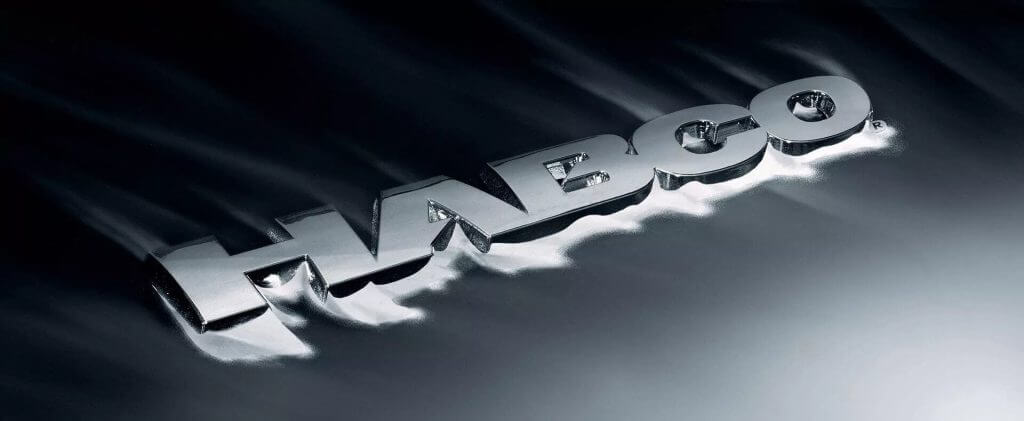HOW MUCH POWER DOES A COMMERCIAL REFRIGERATOR USE?

While commercial and industrial facilities have refrigerators, it’s not always straightforward to know how much power a commercial fridge consumes. For starters, a domestic refrigerator uses between 1 to 2 kilowatt-hours (kWh) per day, translating to electricity costs of $150 per annum per fridge. So what about commercial refrigerators? How many watts does it use, and what are the factors that influence its usage? Read on to find out!
How a Commercial Refrigerator Works
A commercial refrigerator uses a compressor, condenser, and refrigerant to maintain this low temperature. The compressor is where the heated refrigerant is cooled down after being compressed by the compressor from a hot vapor into a high-pressure gas.
A sharp pressure drop occurs in the expansion valve, which receives this cold liquid refrigerant. In the refrigerator, this low-pressure refrigerant absorbs heat from the food that is being stored before evaporating. The evaporated refrigerant enters the compressor once more and completes the cooling cycle.
Factors That Affect Power Usage in a Fridge
Energy consumption of a fridge or freezer will depend on factors such as:
- Type of fridge or freezer: A commercial display freezer can use over ten times more energy than your home bar fridge.
- Location: A refrigerator in a hot region or a poorly ventilated home will use more power.
- Size: Larger refrigerators consume more power.
- Age: An older refrigerator will consume more energy than a new energy-star-rated fridge.
- Season: Refrigerators will use less energy in winter than in summer since the temperature is lower.
- Usage: If the fridge is constantly opened or held open for a long while, the compressor must work harder to keep everything cool.
- Temperature set point: Factory settings may keep the fridge at a lower temperature than required.
Electricity Usage – Terms and Definitions
- Wattage: Power consumption of a device specified in watts
- Cost per unit: This is the typical price per unit charged by utility companies. Tariff rates vary significantly from region to region.
- Hours of usage: Number of hours in a day the load is in use.
- Units per day: Number of electricity units used by the load each day, considering the operation hours.
Electricity consumption depends on the wattage and usage hours. The utility company calculates the cost based on the kilowatt-hour of energy used. Kilowatt-hour is determined by multiplying the load power consumption and hours of usage.
Power Consumption of Commercial Refrigerators
Commercial refrigerators consume a lot of power because of their constant use. Commercial freezers and merchandising refrigerators must keep the temperature within the required range to keep edible goods fresh for consumption.
A typical fridge uses 0.18 kWh of energy per usage hour. This means one hour of usage can cost you 0.02 cents. To check the fridge power consumption, look for the details and make some quick calculations.
To calculate the fridge power consumption, multiply the wattage and the hours of usage per day and divide by 1,000 to get kWh per day.
The calculations above may be inaccurate because the fridge may consume less or more power than the rated wattage. Furthermore, the compliance plate does not account for outside factors that might affect power usage.
A plug-in power meter is a useful fridge power consumption calculator. You can plug the fridge in for a whole day and see how much power it consumes. You can then make some changes and see if you can reduce energy consumption.
Some of the factors that increase energy consumption in commercial freezers and refrigerators include:
- Depending on the location of the business, the refrigeration systems may be forced to work harder to stay operational due to the ambient conditions.
- Old refrigerators often have worn out components, hence use more energy.
- Employees constantly open commercial walk-in freezers. Reducing the number of openings can help to reduce energy usage by preventing cold air from escaping and warm air from entering.
- As the components wear out, refrigerants can leak. Without the refrigerant, the temperature may slowly rise, requiring more energy to keep your products cool.
With poor or faulty equipment, commercial refrigeration costs can quickly escalate. According to Energy.gov, commercial refrigerators can use up to 17,000 kWh of power, while large commercial freezers use up to 38,000 kWh of electricity, leading to high energy costs.
Energy Saving Tips for Freezers and Refrigerators
If you’re concerned about energy usage, here are some maintenance tips to lower how much electricity your commercial freezer uses:
- Regularly scrubbing the condenser coil: It is important to clean your commercial freezer’s condenser coil frequently to keep it in good condition. If the condenser isn’t cleaned, the freezer or fridge will have to work harder to keep your products cool, using more energy and increasing energy costs.
- Keep the fridge always closed: Avoid leaving the fridge door open. Do your best to quickly grab what you need from the fridge and shut the door. When the door is open, the compressor kicks in, increasing the number of watts consumed by the fridge.
- Ensure the fridge is well ventilated: Some fridges are jammed in between cabinets, which increases energy consumption.
- Preventative care: Ensure your employees inspect the components of the fridge regularly. If components like the condenser or air filter are clogged with dust or ice, ensure they are cleaned.
- Check door gaskets and seals: Another thing that can lead to high energy consumption is a broken door seal. When a door gasket becomes damaged or worn-out and doesn’t allow the door to close fully, cold air will be able to escape. Not only can this lead to your food getting spoiled, but it can also make your fridge work harder to maintain the cool temperature inside the unit. Checking the condition of the gaskets and seals can help prevent any excessive power consumption. If you or your employees notice any damaged seals, it’s time to replace the gaskets.
- Consider remote temperature monitoring: A warming trend in commercial freezers and refrigerators indicates excessive energy use. A remote temperature data logger device measures the conditions of your fridge so you can address any warning signs before they become a big issue.
Upgrade your Commercial Refrigerators for Immediate Energy Savings
You’ll be glad to know that HABCO Manufacturing has a wide range of commercial freezers and refrigerators. HABCO designs and builds commercial refrigeration equipment, including merchandisers, refrigerators and freezers for pharmaceutical or food-service applications. HABCO products are designed with energy efficiency and durability in mind for a low total cost of ownership and reduced energy usage over the long term.
Looking for a sturdy, energy-efficient commercial refrigerator or freezer? Contact us today to learn more about our wide selection of commercial refrigeration options.



